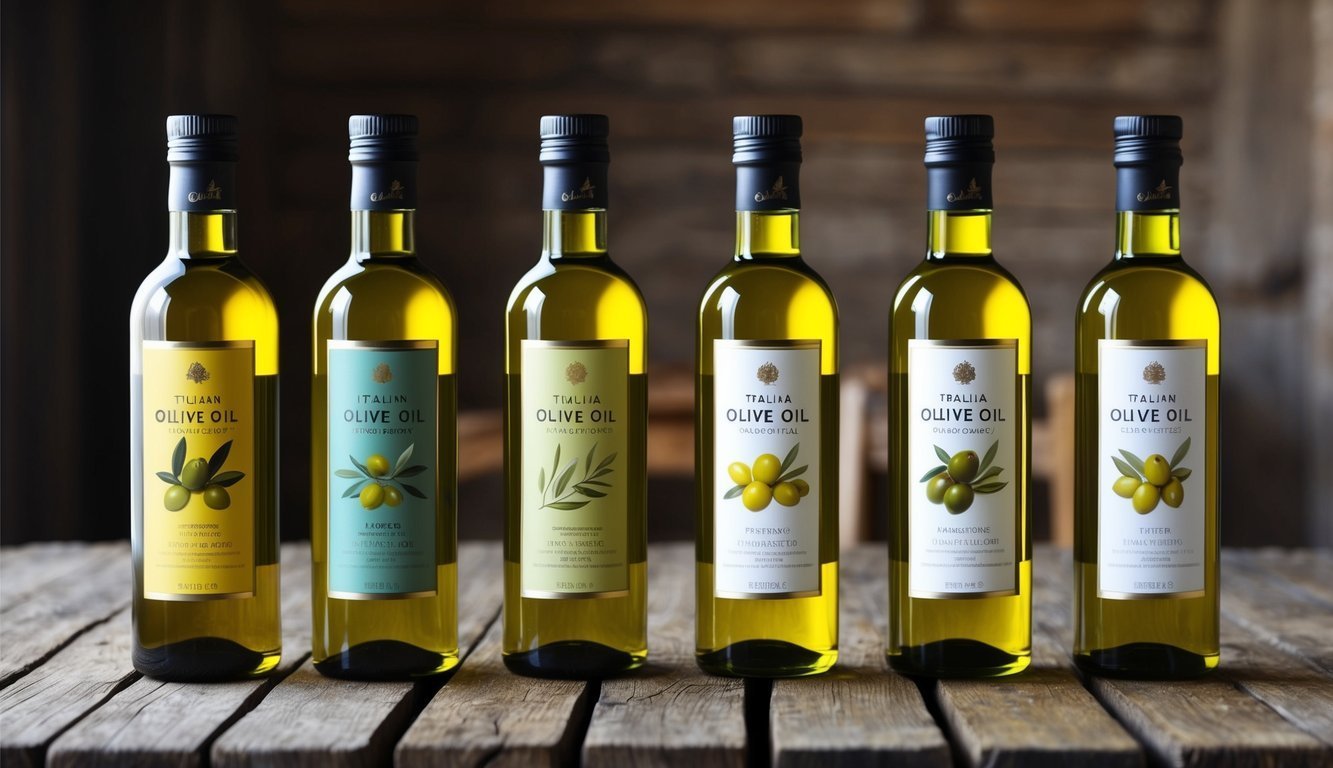When you think of Italy, you might picture beautiful landscapes, rich history, and of course, delicious food.
One of the key ingredients that makes Italian cuisine special is olive oil. Premium olive oils sourced directly from Italy bring authentic flavors to your dishes.
Exploring the diverse regions of Italy reveals a variety of olive oil styles, each with unique tastes and aromas.
These high-quality oils are perfect for drizzling on salads, dipping bread, or enhancing your favorite recipes.
Enjoying these oils will not only enhance your meals but also give you a true taste of Italian culture.
Understanding Olive Oil Grades
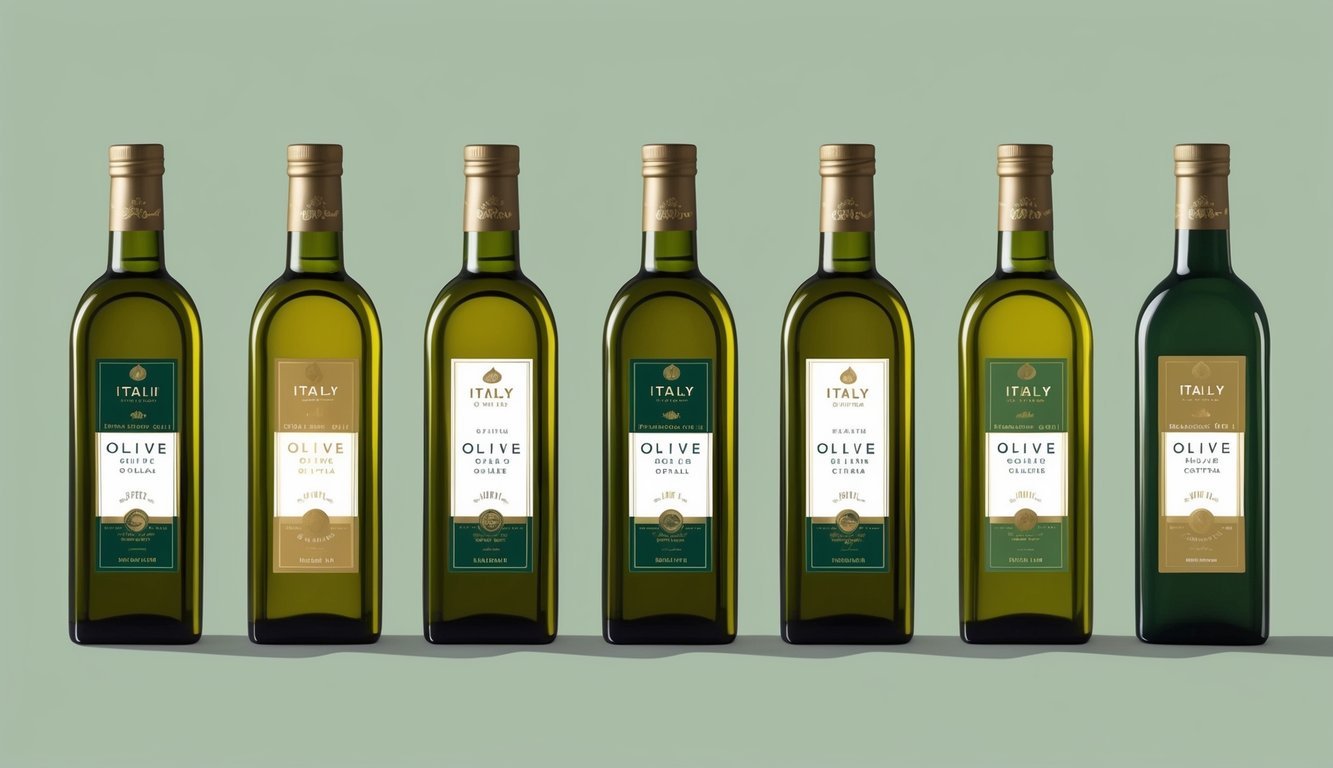
When choosing olive oil, it’s helpful to know the different grades available.
Each grade reflects the oil’s quality, flavor, and production methods.
Here’s a closer look at the key types you should know about.
Extra Virgin Olive Oil
Extra virgin olive oil is the highest grade.
It comes from the first pressing of olives and has a maximum acidity level of 0.8%.
This oil is known for its rich flavor and aroma.
To qualify as extra virgin, it must also pass strict taste and smell tests.
This means it often has fruity notes, and may even have a peppery or slightly bitter finish.
It’s perfect for drizzling over salads, dipping bread, or enhancing your favorite dishes.
Virgin Olive Oil
Virgin olive oil is another quality option, but it falls short of extra virgin standards.
It has a slightly higher acidity level of up to 2%.
This oil also comes from the first pressing, making it relatively flavorful.
While still a good choice, virgin olive oil may not have the same depth of taste as extra virgin.
It’s suitable for cooking or baking but may lack the bright flavors sought in dressings or dipping oils.
It’s a versatile option that works well for everyday use.
Refined Olive Oil
Refined olive oil is processed to remove defects in flavor and acidity.
This type has a neutral taste and can be made from both virgin and leftover oils.
It typically has a higher smoke point, making it great for frying or sautéing.
However, the refining process strips away many of the natural flavors and health benefits.
If you’re looking for an oil that can handle high heat with minimal flavor impact, refined olive oil fits the bill but lacks the richness of higher-grade oils.
Health Benefits of Olive Oil
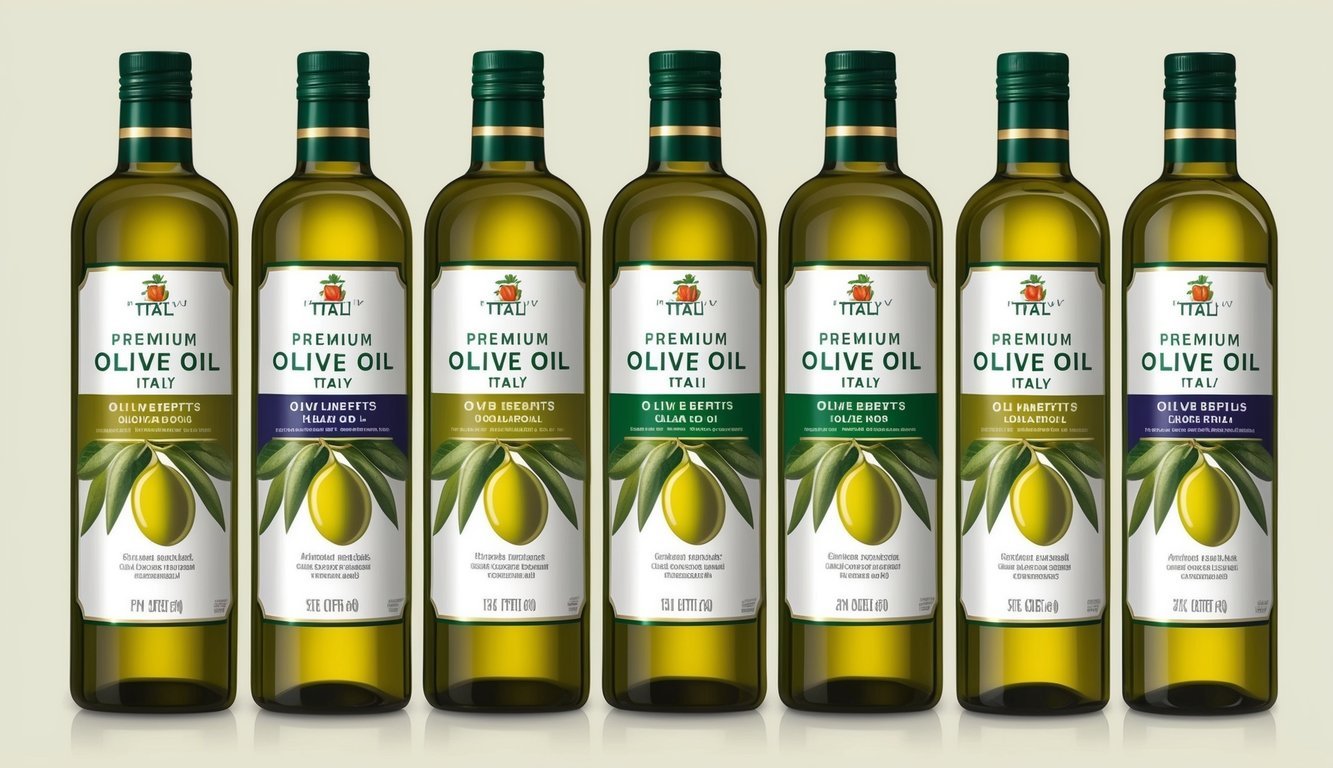
Olive oil is not just a tasty addition to your meals; it has several notable health benefits.
This rich oil is packed with good fats and powerful antioxidants that can boost your well-being.
Rich in Healthy Fats
Olive oil is primarily made up of monounsaturated fats, which are considered healthy fats.
These fats can help lower bad cholesterol levels, reducing the risk of heart disease.
By using olive oil in your cooking, you support heart health while adding flavor to your dishes.
Additionally, these healthy fats can help control blood sugar levels.
This is particularly beneficial for those managing diabetes or prediabetes.
So, you get to enjoy flavorful meals while also taking care of your health.
Antioxidant Properties
Olive oil is loaded with antioxidants, which play a crucial role in protecting your body.
These compounds help to fight against oxidative stress, which is linked to various chronic diseases.
By including olive oil in your diet, you may lower the risk of conditions such as cancer and Alzheimer’s disease.
One important antioxidant in olive oil is vitamin E. This vitamin helps protect your cells from damage and supports your immune system.
Using extra-virgin olive oil for dressing salads or drizzling over cooked vegetables can boost your antioxidant intake easily.
How to Store Olive Oil Correctly
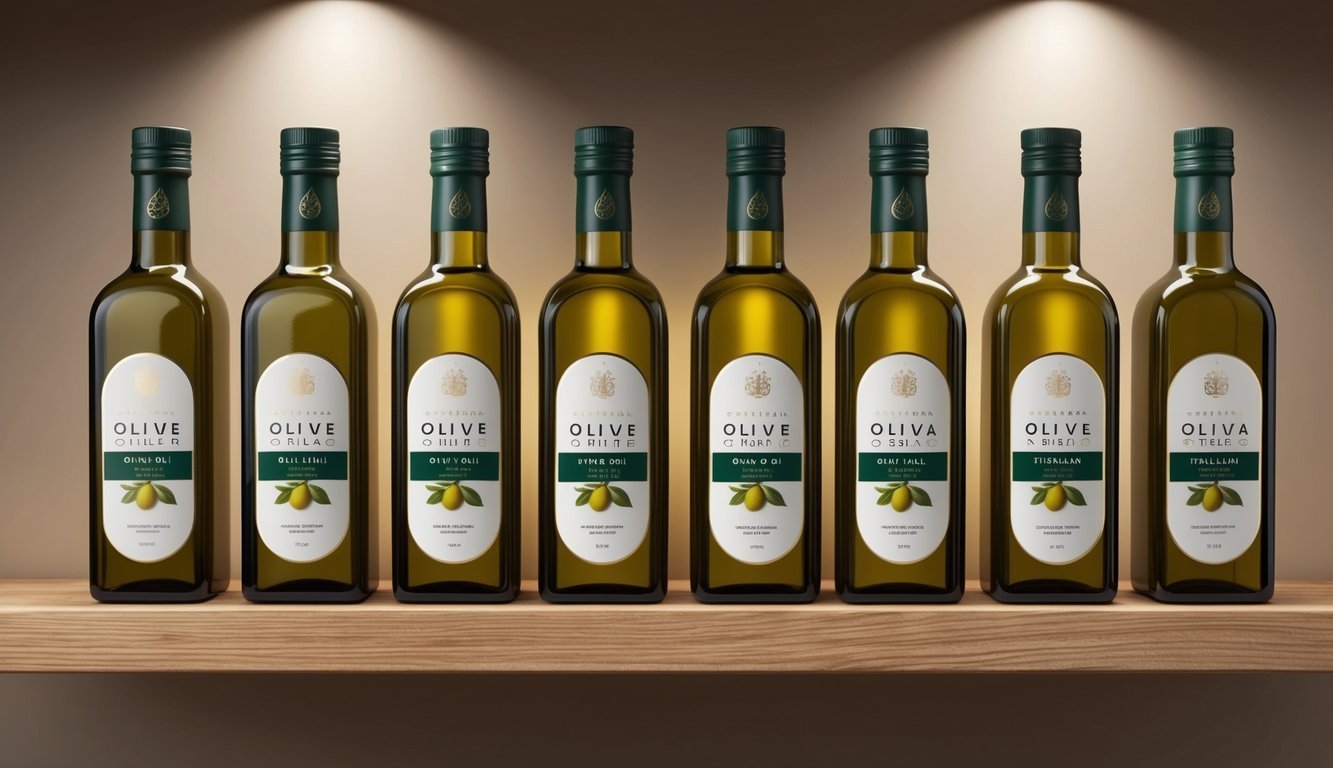
Storing olive oil properly helps maintain its flavor and quality.
Here are some tips to keep your oil fresh.
Choose the Right Container:
Use dark bottles or containers.
They protect the oil from light, which can cause it to spoil.
Keep It Cool:
Store your olive oil in a cool place, away from heat sources like the stove or direct sunlight.
Ideal temperatures are around 65°F to 70°F.
Avoid the Fridge:
Storing olive oil in the fridge can lead to cloudiness.
If this happens, just let it sit at room temperature to return to its original state before using.
Seal It Tightly:
Make sure the cap is on tight to prevent air from getting in.
Exposure to air can also make the oil go rancid faster.
Watch for Changes:
Check your oil regularly.
If it turns dark or becomes cloudy, it might be going bad.
While it can still be used for other purposes, its flavor may not be the best for cooking.
Frequently Asked Questions
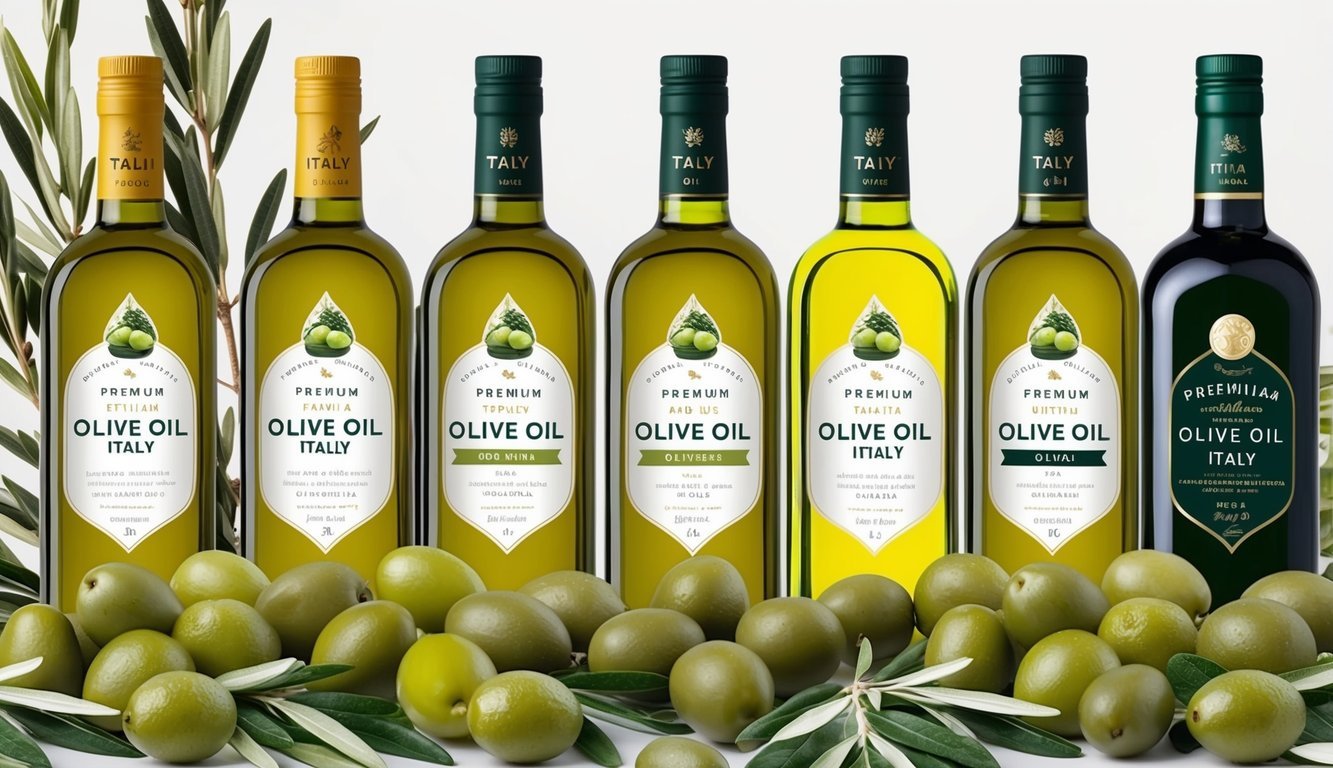
You’re curious about Italian olive oils and want to know more.
Here are some common questions people often ask about premium olive oils from Italy.
What are the top-rated Italian extra virgin olive oil brands?
Some of the best brands include Olio Piro, Garda D.O.P., and Coppini Classico.
Each of these brands has a strong reputation for quality and flavor.
Where can I purchase authentic Italian premium olive oils?
You can find authentic Italian olive oils at specialty grocery stores, Italian markets, and online retailers.
Websites specializing in gourmet foods often have a good selection.
How do reviews rate premium Italian olive oils?
Many reviews highlight the rich flavors and high quality of premium Italian olive oils.
Consumers often note the balance of fruity and peppery notes in these oils.
Can you give me a price range for high-quality olive oils from Italy?
High-quality Italian olive oils usually range from $15 to $50 for a standard bottle.
Prices can vary based on brand and packaging, with some limited editions costing more.
How can I find the best Italian olive oil with the highest polyphenol content?
Look for oils labeled as “extra virgin” and check for information on polyphenol content on the label.
Some brands may promote their health benefits, which include higher levels of polyphenols.
What brands of olive oil do Italians most commonly use at home?
Many Italians prefer using brands like Carli and Monini for everyday cooking.
These brands are well-known and trusted in many Italian households.

